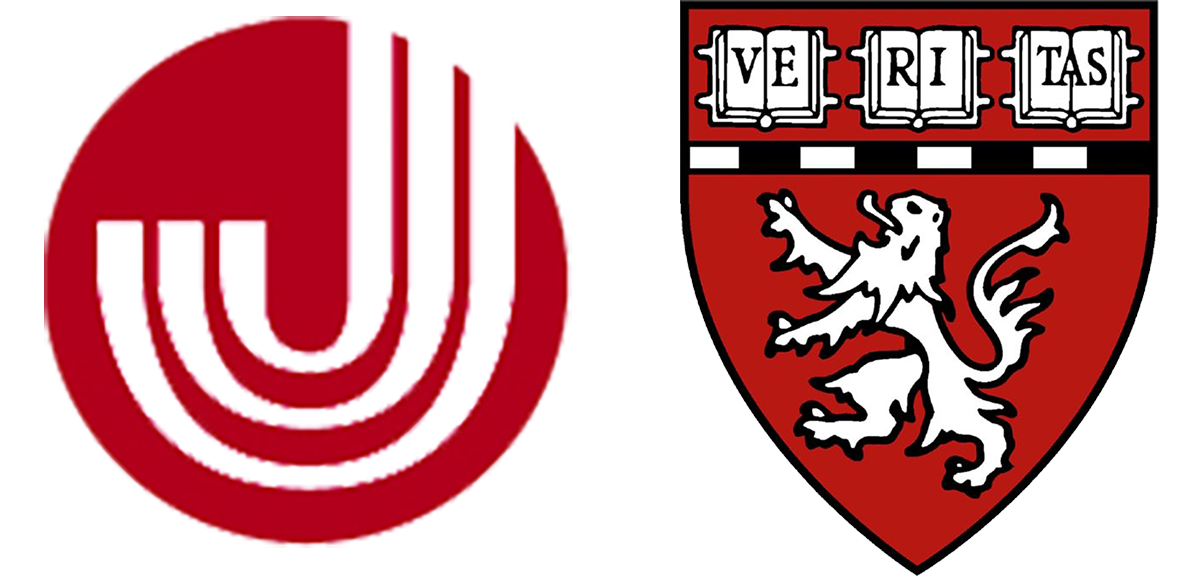Post-lysosomal cholesterol trafficking
Cholesterol is an essential component of cellular membranes, a regulator of membrane protein function, and an obligate metabolic precursor. Exogenous cholesterol is acquired principally through receptor-mediated endocytosis of cholesteryl ester-laden low-density lipoproteins and trafficked to the lysosome, where unesterified cholesterol is liberated by lysosomal acid lipase and transferred by the Niemann-Pick C1 and C2 (NPC1, NPC2) proteins to the limiting lysosomal membrane. Cholesterol exits the lysosome and is distributed to multiple cellular organelles where it regulates key cholesterol homeostatic responses. This trafficking is disrupted in Niemann-Pick C disease, an inherited, progressive neurodegenerative disorder. While several proteins have been implicated in post-lysosomal cholesterol trafficking, the components and relative contribution of each pathway and specific trafficking itinerary of the lipoprotein-derived cholesterol are poorly understood.
We are characterizing the molecular basis of lysosomal cholesterol export using novel diazirine alkyne cholesterol probes that can substitute for cholesterol and allow for the selective capture of cholesterol interacting proteins for unbiased identification by mass spectrometry. These probes provide a powerful new tool to identify major nodes through which lipoprotein cholesterol traffics and novel therapeutic targets.
Read more:


